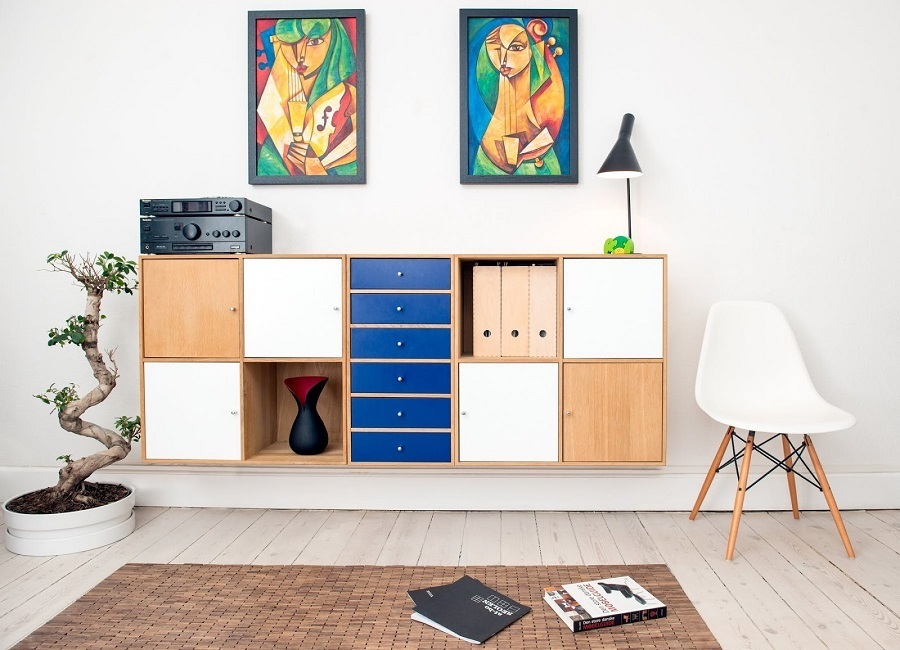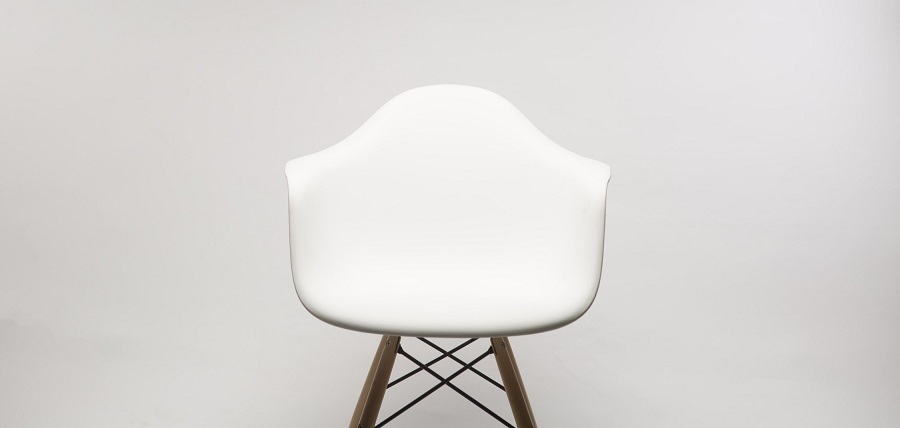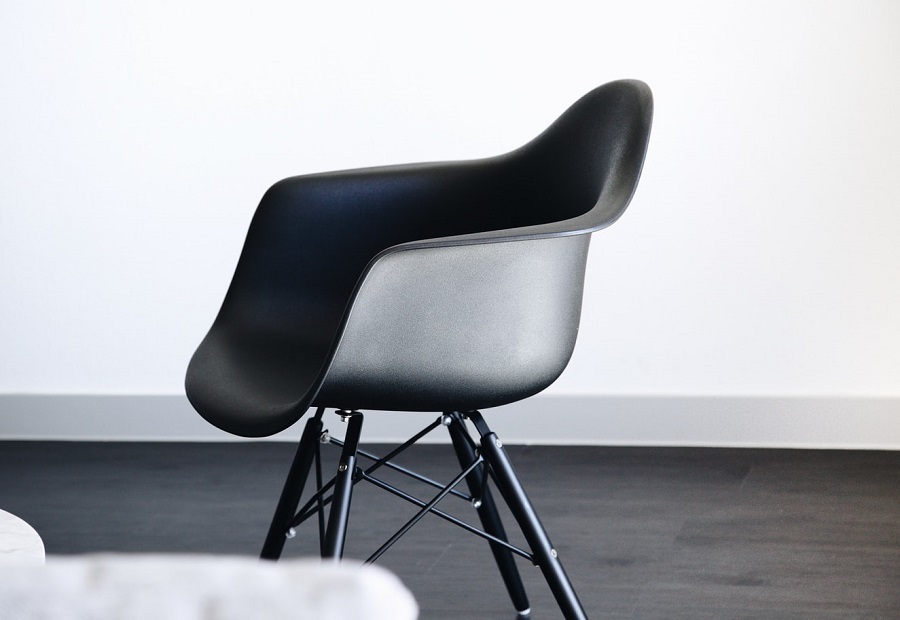Last updated on
Learn all about injection molding in the manufacturing of furniture and furniture parts. What are its key advantages? Read on!
Can you point out an industrial sector in which technology hasn’t made its impact yet? We don’t think so. It’s certainly not easy to imagine any industry that doesn’t make use of modern technology in its work. The furniture industry makes no exception as it has also been utilizing various technology trends to produce excellent furniture products for its customers.
What's Inside
What is Injection Molding?

Meet plastic injection molding. Being one of the most frequently-used plastic formation techniques with numerous industrial applications, it certainly finds its use in the furniture industry as well.
Custom made furniture parts made with plastic injection molding technology are the perfect solution to furniture makers who strive to produce a great volume of high-quality and cost-efficient parts. It’s also massively used in the production of one-piece furniture objects such as specific chairs and tables.
Compared with traditional solid wood furniture, plastic furniture brings a different set of features. It can bring colorful appearance to any modern room, and at the same time is light and compact and it comes with convenient maintenance.
Injection Molding for Furniture and Furniture Parts

Numerous plastic injection molding companies work with furniture manufacturers to produce plastic components commonly used in home and office furnishings. Plastics are known to provide the strength and durability to withstand even the toughest environments at a much lower price than other materials. Such companies can create precise, accurate pieces necessary for top-notch modern furniture pieces.
The plastic injection molding process requires the heating of plastic pellets into a liquid state and later forcing the same liquid into a double-sided, 3D mold using a high-pressure injection tool. This method is optimal for smaller pieces and pieces that require more intricate detailing or varied thickness because the mold is highly customizable.
Benefits Of Furniture Injection Molding

- Cost-Efficiency: Injection molding is pretty cost-effective for large or repeating orders. The biggest cost lies in designing and developing a mold or tool for injection molding, and in most cases, it’s a one-time fee. Once you have it, you don’t ever need to recreate it.
- Precision: Plastic injection molding allows you to create and execute the exact shape needed for furniture components. Whether you are looking for knobs with raised patterns or a drawer pull with variable thickness, this method allows furniture producers to create the most precise piece and recreate it identically thousands of times over if needed.
Injection molding furniture parts include:
- Drawer knobs and handles
- Table and chair legs
- Chair headrests
- One-piece chairs and tables
The Panton Chair

You probably already know everything about one of the most famous chair designs ever – The Panton chair. Designed by the renowned Danish designer Verner Panton in the 1960s, this S-shaped one-piece chair is considered to be the world’s first molded plastic chair and a masterpiece of Danish design.
Nowadays, Panton chairs are produced with injection molding out of polypropylene, a fully recyclable material. Plastic injection molding technology enables to offer this classic chair as an inexpensive version, thereby making it available to a wider market.
5 Key Advantages To Using Plastic Injection Molding For Furniture Manufacturing

Detailed Features and Complex Geometry
The injection molds are subject to extremely high pressure. As a result of that, the plastic within the molds is pressed way harder against the mold compared to any other molding process. Because of the excessively high pressure, it’s possible to add a ton of details into the design of the part. Due to the extremely high pressure during the molding process, intricate and complex shapes can be easily designed and produced which otherwise would’ve been too complicated and expensive to manufacture.
Ultra-High Efficiency
Compared to other methods of molding, this type of molding is very quick once the injection molds are designed and the presses are pre-programmed. Plastic injection molding allows more parts to be manufactured from a single mold. The major production output rate makes this method more cost-effective and efficient. In general, hot-runner ejection mold systems produce parts with consistent quality and do so with faster cycle times.
Enhanced Strength
With plastic injection molding, it’s possible to use fillers in the injection molds. These fillers will reduce the density of the plastic while it’s molded and will also help in adding better strength to the produced part after it has been molded. In the furniture industry where parts need to be strong and durable, plastic injection offers an option that other molding methods do not.
Capacity to Use Multiple Plastic Types Simultaneously
One of the biggest advantages of plastic injection molding for manufacturing furniture and furniture parts is the ability to use various types of plastic at the same time. This is done with the help of co-injection molding.
Automation to Save Manufacturing Costs
This method is an automated process. The majority of injection molding processes are performed by robotics and machines which are controlled and managed by a sole operator.
With the reduced labor force, the overall cost of manufacturing the furniture and furniture parts is greatly reduced. The good thing here is that this cost-saving can easily be passed on the price of the final product. This way, you will be able to offer a superior product for a lower price to your customers, gaining significant advantage to your main competitors.
This magnificent production method ensures the parts manufactured hardly require any additional work after their production. The majority of parts have more or less a finished appearance after they are ejected from the injection molds.
Last but not least, plastic injection molding is an environment-friendly process. The waste plastic generated during the process is reground and re-used.




